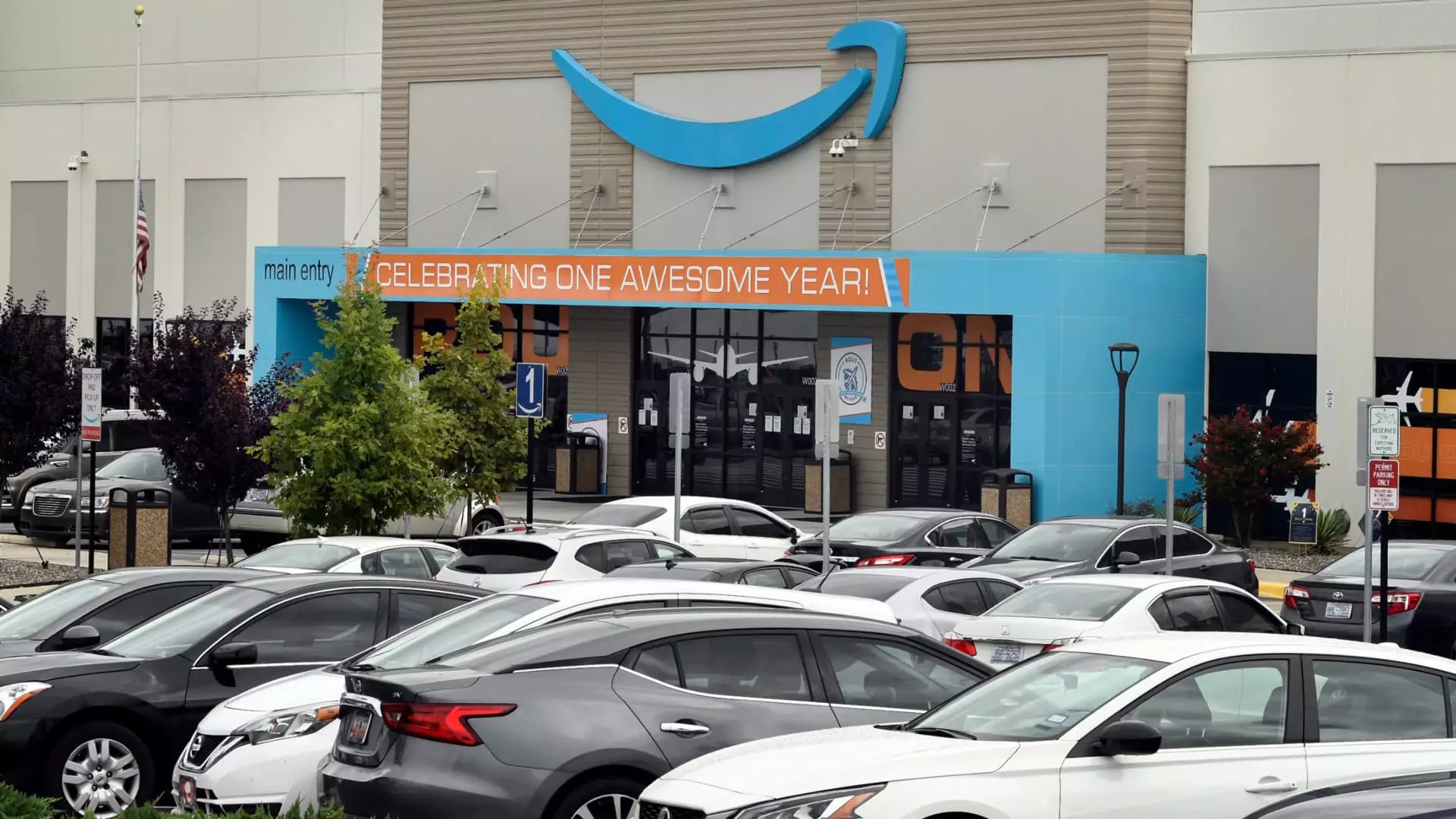In a decisive election held recently at the Amazon warehouse near Raleigh, North Carolina, workers overwhelmingly voted against forming a union, with results showing that 2,447 ballots favored maintaining a non-union environment while only 829 supported the unionization initiative. This vote, part of a larger national dialogue about labor rights and the growing interest in unionization, reflects not only the sentiments of RDU1’s nearly 4,700 employees but also sheds light on the broader challenges faced by employees across similar sectors. Organizers from the Carolina Amazonians United for Solidarity and Empowerment (CAUSE), who had campaigned tirelessly for this cause over the past three years, now find themselves navigating the aftermath of a disappointing outcome.
The National Labor Relations Board (NLRB) was involved in the electoral process, noting the significant gap between votes for and against union representation. However, the 77 challenged ballots highlighted the complexities that often accompany labor elections. Ultimately, this event contributes to an ongoing narrative about labor struggles, particularly within large corporations like Amazon.
Following the election, CAUSE expressed strong discontent, contending that the results were influenced by Amazon’s aggressive tactics during the campaign. The organization claimed that the company’s efforts amounted to intimidation and violations of labor laws, illustrating the persistent difficulty of building a union culture in environments where corporate power looms large. CAUSE articulated a vision in which workers would unite for better wages and working conditions, particularly emphasizing the urgent need to address ongoing issues of food and housing insecurity among employees.
In stark contrast, Amazon’s spokesperson, Eileen Hards, characterized the election outcome as a clear decision made by workers who preferred a direct relationship with management. Hards’s statement, which celebrated the workers’ choice, reflects Amazon’s strategy to project a narrative of employee satisfaction and engagement, despite significant pushback from labor advocates.
The push for union representation among Amazon employees is not an isolated incident; it is part of a larger movement across the United States and is gaining unprecedented traction. The company, known for its anti-union stance, witnessed its first significant unionization effort last year when workers at a Staten Island facility voted to join the Amazon Labor Union. Similar initiatives, including a recent vote by Whole Foods employees in Philadelphia, signal that the tide may be turning regarding workers’ rights within corporate American structures, particularly in industries dominated by non-union workplaces.
Despite these incremental wins, the fallout from the RDU1 election brings to light the challenges union organizers face in garnering support from a workforce that is often hesitant to engage in union actions. With the backdrop of a low union membership rate in North Carolina—standing at a mere 2.4%—it is clear that the cultural context of work in the South poses additional hurdles for labor movements.
While CAUSE plans to continue its organizing efforts, it faces an uphill battle. Recent statistics revealing that only 67% of Americans approve of unions, yet with a decline in actual membership rates to 5.9% in the private sector, indicate a disjunction between public support and individual willingness to participate in union activities. This social landscape complicates the path forward for labor organizations striving to increase representation in previously unorganized sectors.
Moreover, Amazon’s continued refusal to engage with labor leaders signifies a persistent divide between employees seeking advocacy through collective bargaining and a corporation intent on maintaining control over its labor relations. Activists and labor advocates will likely shift their strategies, perhaps looking for new avenues to support employees, particularly leveraging community support and coalitions with other labor groups such as the International Brotherhood of Teamsters, which has already taken steps to coordinate actions across multiple Amazon facilities.
The RDU1 vote reflects not only the specific sentiments of workers at that facility but highlights critical issues facing labor movements today. As unions strive to gain a foothold in sectors that have historically resisted organization, the outcomes of such elections carry significant implications for the future of work in America. The struggle between corporate influence and worker rights will continue to unfold, and as organizations like CAUSE push for better conditions, workers will need to navigate a complex landscape filled with both opportunity and resistance. Ultimately, the outcome of their efforts could redefine labor relations within Amazon and beyond, marking this moment as pivotal in the ongoing quest for labor rights and equity in the workplace.

